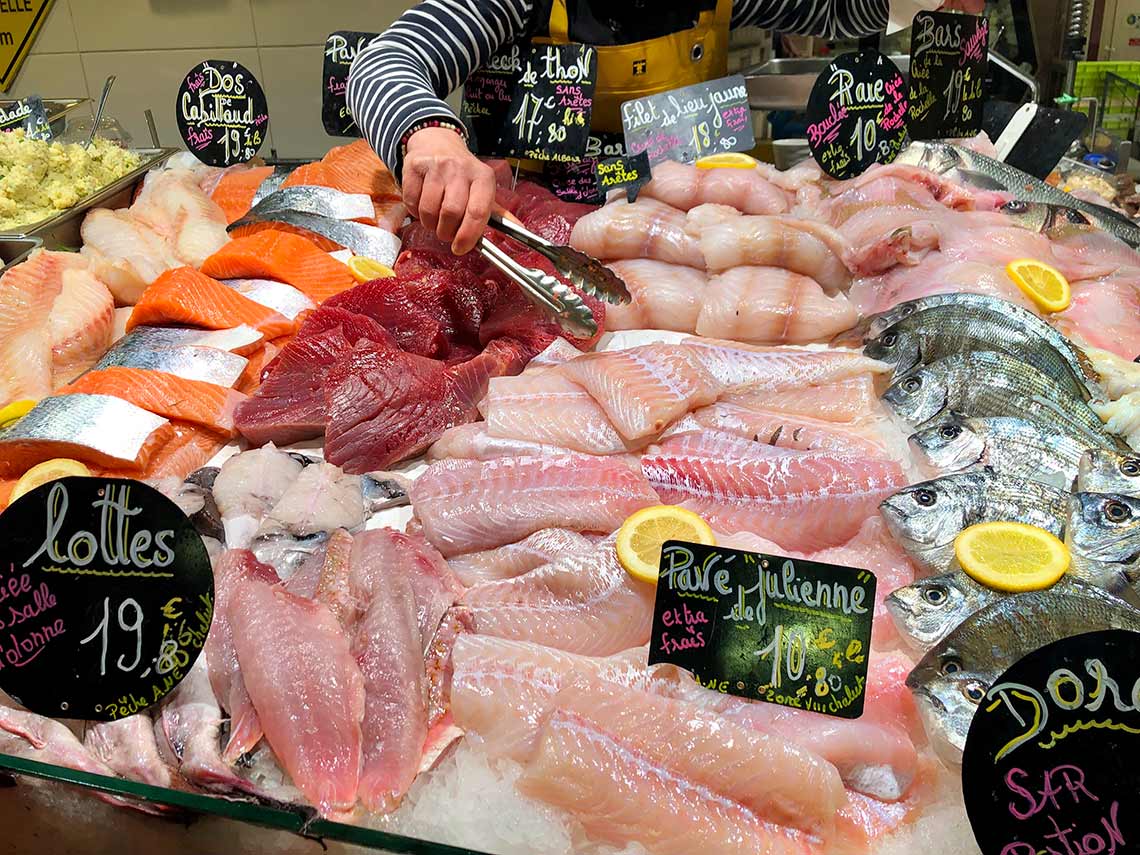Seafood Market Research

A seafood market is a place that allows for the selling of fish and fish products. The trading of these products can be wholesale. That is, it can be between fishers and fish merchants. It can also take place on a retail basis between fish merchants and individual consumers. The retail market is where fishers deliver fish products directly to consumers in a small shop. Vendors may even go door to door, using their private transportation. A retail seafood market is usually referred to as a “wet market” (especially in Asia) and often sells street food.
Why is a Seafood Market Research Important
People often think that a fish market is only essential because it provides food. Yet, the fish market directly relates to a country’s economy. It earns foreign exchange from selling the goods (fish) worldwide. In addition, fishing is one of the primary sectors in an economy. So, it generates lots of profits for the country and helps increase its national income.
Key Job Titles of the Seafood Market
- Fish cleaner and cutter
- Trimmer (fish processing)
- Fish cutting and machine operator
- Food Technologist
- Seafood preparer – fish and seafood processing
- Seafood Restaurant Server
- Fishers
- Seafood Market General Manager
- Seafood Sales Director
Seafood Market Research Key Success Factors
Many factors are critical to the success of a seafood market. First, it is vital to have a stable supplier. A fish market needs to have a non-stop supply of fish if there is scarcity due to weather elements. For example, fish tends to be in short supply in winter due to the water turning to ice. Second, it is essential to selling fish in their given season to prevent a shortage.
There has been a rise in aquaculture. Fishers also practice bottom trawling, which causes fish stocks to reduce fast. Fishing in season can give the ocean a chance and allow the level of fish to bounce back. It also makes sense to refrain from poor fishing practices such as bottom trawling. In that way, fishers can sustain their industry and their incomes.
A seafood market is only valuable for businesses that use fish daily. For example, supermarkets and restaurants need seafood markets. Supermarkets need fish to meet customer demand. Yet, most times, they do not have direct contact with fisherfolk. Likewise, restaurants use fish to prepare specific meals. But, they may not have a direct relationship with a fisher. Hence, seafood markets are vital to businesses. They can always supply fish at the right time and in proper portions.
About Seafood Markets
A seafood market is like any other. It allows for the exchange of goods and services. These markets provide retail and wholesale services to consumers and offer fresh, frozen, and cured fish and seafood items like salmon and tuna. The fish industry is one of the largest industries worldwide. Yet, we see that many of the fisherfolk are below or at the poverty line. Why? Because getting into the seafood market is difficult. Retailers form strong alliances, which can block out newcomers.
So, can the seafood market make profits for your business? Yes, it can. Let’s compare it to those for chicken, pork, and beef. Seafood lovers are a large group. But they also tend to be a high-earning group that buys more groceries each week. Thus, a recent Food Marketing Institute report says it makes sense to woo them as consumers.
About Seafood Market Research
In conclusion, a seafood market provides fish products to customers and businesses. It is also a vital industry and adds to the gross domestic product (GDP). Seafood markets need to carry out Quantitative and Qualitative Research to gain data. They may also need to do strategy research. Providers can do much research through surveys, focus groups, and interviews.

